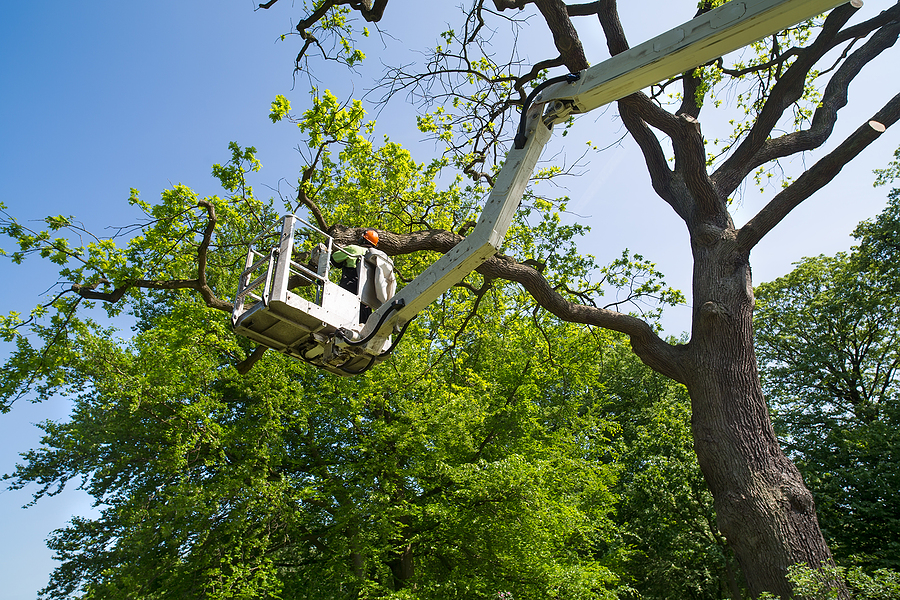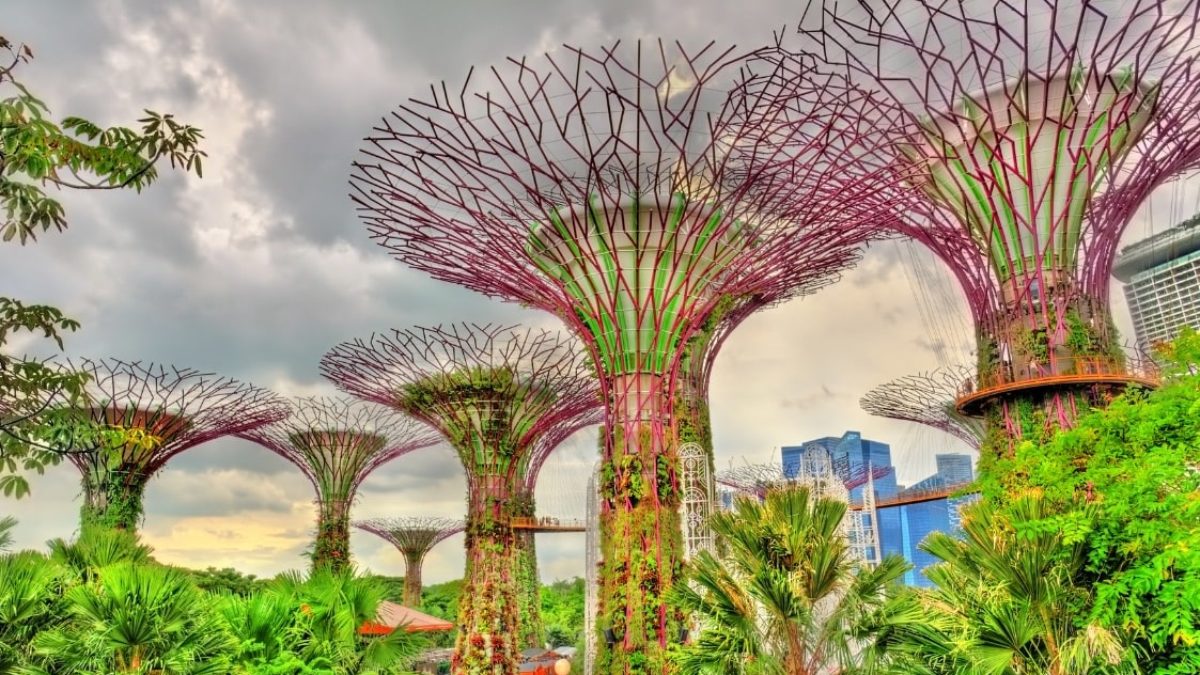The Hidden Art of Tree Cultivation: Why Proper Pruning Changes Everything

Tree pruning is perhaps the most misunderstood yet critical practice in the cultivation of healthy, vibrant landscapes. Standing before a magnificent tree that has weathered decades, even centuries, one seldom considers the careful interventions that may have shaped its destiny. The quiet dialogue between human hands and woody growth has profound consequences that extend far beyond mere aesthetics.
The Science Behind the Shears
When I first ventured into the forests of Southeast Asia decades ago, I was struck by how different the managed landscapes appeared from the wild ones. In Singapore’s Botanic Gardens, I observed arborists performing what appeared to be surgical procedures on century-old specimens. Their movements were deliberate, almost reverential.
The biology underlying proper pruning is fascinating. Trees possess natural defense systems that compartmentalize wounds. When branches are removed correctly, these systems activate efficiently, creating protective barriers that prevent decay from spreading into the trunk. Conversely, improper cuts can create entry points for pathogens that may ultimately kill the tree.
“The difference between a proper pruning cut and an improper one is often the difference between a tree’s longevity and its premature death,” notes Singapore’s National Parks Board in their tree management guidelines.
When to Prune: Timing Matters
The calendar dictates much in the world of tree pruning. In Singapore’s tropical climate, where growth is continuous, the considerations differ from temperate regions, but timing remains essential regardless of location:
- Dormant season pruning– Removing branches during dormancy reduces stress on the tree and limits sap loss
- Post-flowering pruning– For flowering species, pruning after bloom ensures next season’s display
- Storm damage response– Immediate attention to broken limbs prevents further structural damage
- Disease management– Prompt removal of infected branches can save the entire specimen
The evidence suggests that in most cases, late dormant season pruning—just before spring growth begins—produces optimal results. The wounds heal quickly as new growth surges, and the tree’s energy stores remain largely intact.
The Art of the Cut
I’ve watched master arborists at work in botanical gardens from Singapore to London, and their approach is invariably methodical. Like chess players, they visualize several moves ahead, considering how each cut will influence the tree’s future growth pattern.
The proper technique involves three crucial elements:
- Identifying the branch collar—the swollen area where branch meets trunk
- Making cuts just outside this collar, preserving the tree’s natural healing mechanism
- Avoiding flush cuts that remove this critical tissue and “stubs” that prevent proper healing
“In Singapore, we train our arborists to read the tree before making any cuts. Each species responds differently, and understanding these responses is essential to successful pruning,” explains a veteran arborist from Singapore’s Gardens by the Bay.
Beyond Aesthetics: The Broader Implications
What most observers fail to recognize is that tree pruning extends far beyond visual appeal. In urban environments like Singapore, properly maintained trees contribute substantially to public safety, reducing the risk of falling branches during monsoon seasons. The ecological services provided by well-maintained trees—carbon sequestration, temperature moderation, wildlife habitat—are optimized through thoughtful pruning practices.
The economic dimension is equally compelling. A well-pruned tree increases property values and reduces long-term maintenance costs. Structural problems addressed early through proper pruning can prevent catastrophic failures that might otherwise necessitate complete removal.
The Philosophical Dimension
In my years documenting human interventions in natural systems, I’ve come to view tree pruning as a metaphor for our broader relationship with nature. It represents neither complete control nor absolute surrender, but rather a thoughtful partnership.
When done with knowledge and respect, pruning embodies a form of stewardship that acknowledges both our power to shape and our responsibility to preserve. It requires patience, foresight, and humility—qualities increasingly rare in our instant-gratification society.
- We remove what is dead or diseased
- We shape with an eye toward future growth
- We respect the inherent form and biological imperatives of each species
- We recognize that our interventions have consequences that may outlive us
Moving Forward with Wisdom
As climate change alters growing conditions worldwide, thoughtful tree maintenance becomes even more critical. Stress factors—drought, temperature extremes, new pests—challenge our arboreal companions as never before. Responding to these challenges requires an ever-deeper understanding of tree biology and the specific needs of different species.
For the home gardener and professional arborist alike, continuous learning remains essential. The practices of yesterday may not serve the challenges of tomorrow. What remains constant is the need for careful observation, respect for natural processes, and appreciation for the complex systems at work in every tree.
Whether you’re managing an ancient specimen in a botanical garden or tending to a young sapling in your garden, remember that your pruning decisions will reverberate through the decades. Few human activities connect us so directly to both past and future as the thoughtful practice of tree pruning.




